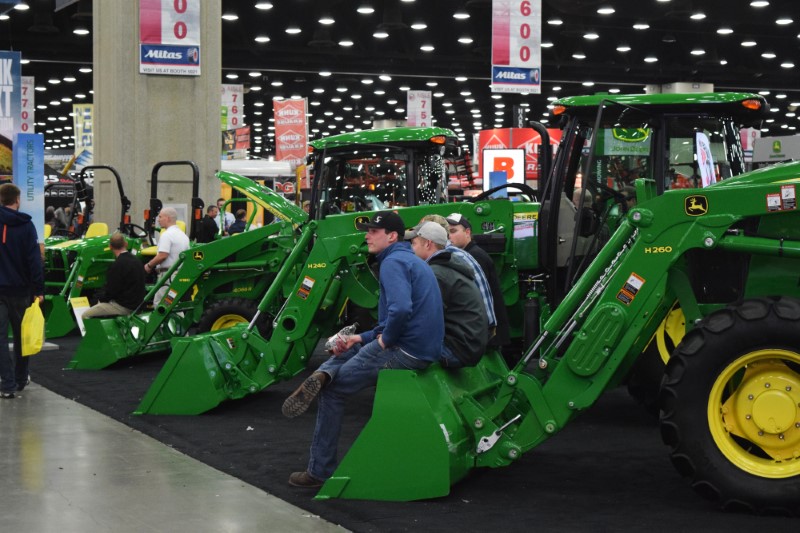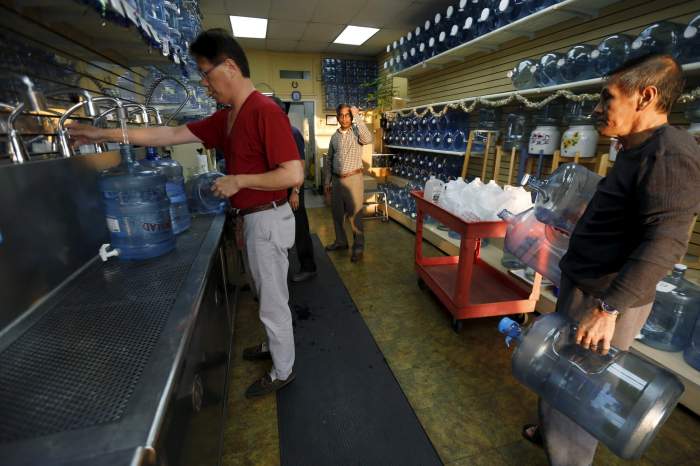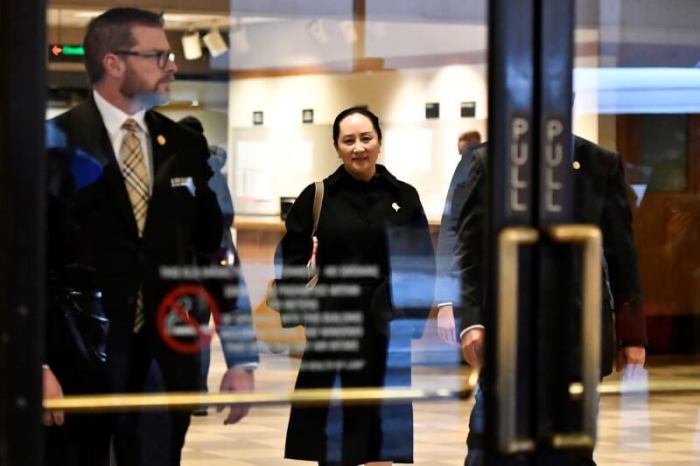By Lucia Mutikani
WASHINGTON (Reuters) – New orders for key U.S.-made capital goods unexpectedly fell in December amid declining demand for machinery and primary metals, pointing to a further slowdown in business spending on equipment that could crimp economic growth.
The moderation in business investment was also underscored by another report on Thursday showing a measure of factory activity in the mid-Atlantic region contracted in February for the first time since May 2016.
The reports, together with data last week showing steep declines in retail sales in December and manufacturing output in January, strengthen the Federal Reserve’s “patient” stance toward raising interest rates further this year.
Minutes of the U.S. central bank’s Jan. 29-30 policy meeting published on Wednesday noted that “some risks to the downside had increased” with regard to the outlook for the economy. The Fed left interest rates unchanged at that meeting and discarded promises of “further gradual increases” in borrowing costs.
The Commerce Department said orders for non-defense capital goods excluding aircraft, a closely watched proxy for business spending plans, dropped 0.7 percent. Data for November was revised down to show these so-called core capital goods orders falling 1.0 percent instead of declining 0.6 percent as previously reported.
Economists polled by Reuters had forecast core capital goods orders rising 0.2 percent in December. Core capital goods orders increased 6.1 percent on a year-on-year basis.
Shipments of core capital goods rose 0.5 percent in December after an unrevised 0.2 percent drop in the prior month. Core capital goods shipments are used to calculate equipment spending in the government’s gross domestic product measurement.
While the rebound in core capital goods shipments suggests continued moderate growth in business spending on equipment in the fourth quarter, the surprise drop in orders points to weakness in the months ahead.
The December report was delayed by a 35-day partial shutdown of the federal government that ended on Jan. 25. The Commerce Department said the “processing and data quality were monitored throughout, and response and coverage rates were at or above normal levels for this release.”
In a separate report on Thursday, the Philadelphia Fed said its manufacturing activity index dropped to a reading of -4.1 this month from 17.0 in January. That was the first negative reading since May 2016. There were negative readings for new orders and shipments at factories in the region that covers eastern Pennsylvania, southern New Jersey, and Delaware.
U.S. financial markets were little moved by the data.
CLOUDY OUTLOOK
In the wake of last week’s downbeat December retail sales report, economists slashed their GDP growth estimates for the fourth quarter by as much as 1.2 percentage points to as low as a 1.5 percent annualized rate. The economy grew at a 3.4 percent pace in the third quarter.
The economy’s outlook has been clouded by fears of a sharp slowdown in global growth, especially in China and Europe, fading fiscal stimulus, trade tensions as well as uncertainty regarding Britain’s departure from the European Union.
The Fed has acknowledged the softening in business spending, noting in Wednesday’s minutes that “manufacturing contacts in a number of Districts indicated that such factors were causing them to delay or defer capital expenditures.”
Business spending on equipment has been slowing since the second quarter of 2018, despite the White House’s $1.5 trillion tax cut. Some companies including Apple used their tax windfall to buy back shares on a massive scale. A survey last month showed lower taxes had not caused companies to change hiring or investment plans.
In December, orders for machinery fell 0.4 percent. Primary metals orders dropped 0.9 percent. There were also decreases in orders for electrical equipment, appliances and components. Orders for computers and electronic products were unchanged.
Overall orders for durable goods, items ranging from toasters to aircraft that are meant to last three years or more, increased 1.2 percent in December. That reflected a 3.3 percent rise in demand for transportation equipment. Durable goods orders gained 1.0 percent in November.
A third report on Thursday from the Labor Department showed initial claims for state unemployment benefits dropped 23,000 to a seasonally adjusted 216,000 for the week ended Feb. 16.
The four-week moving average of initial claims, considered a better measure of labor market trends as it irons out week-to-week volatility, rose 4,000 to 235,750 last week, the highest level since January 2018. That suggested some weakening in labor market conditions.
(Reporting by Lucia Mutikani; Editing by Andrea Ricci)



















